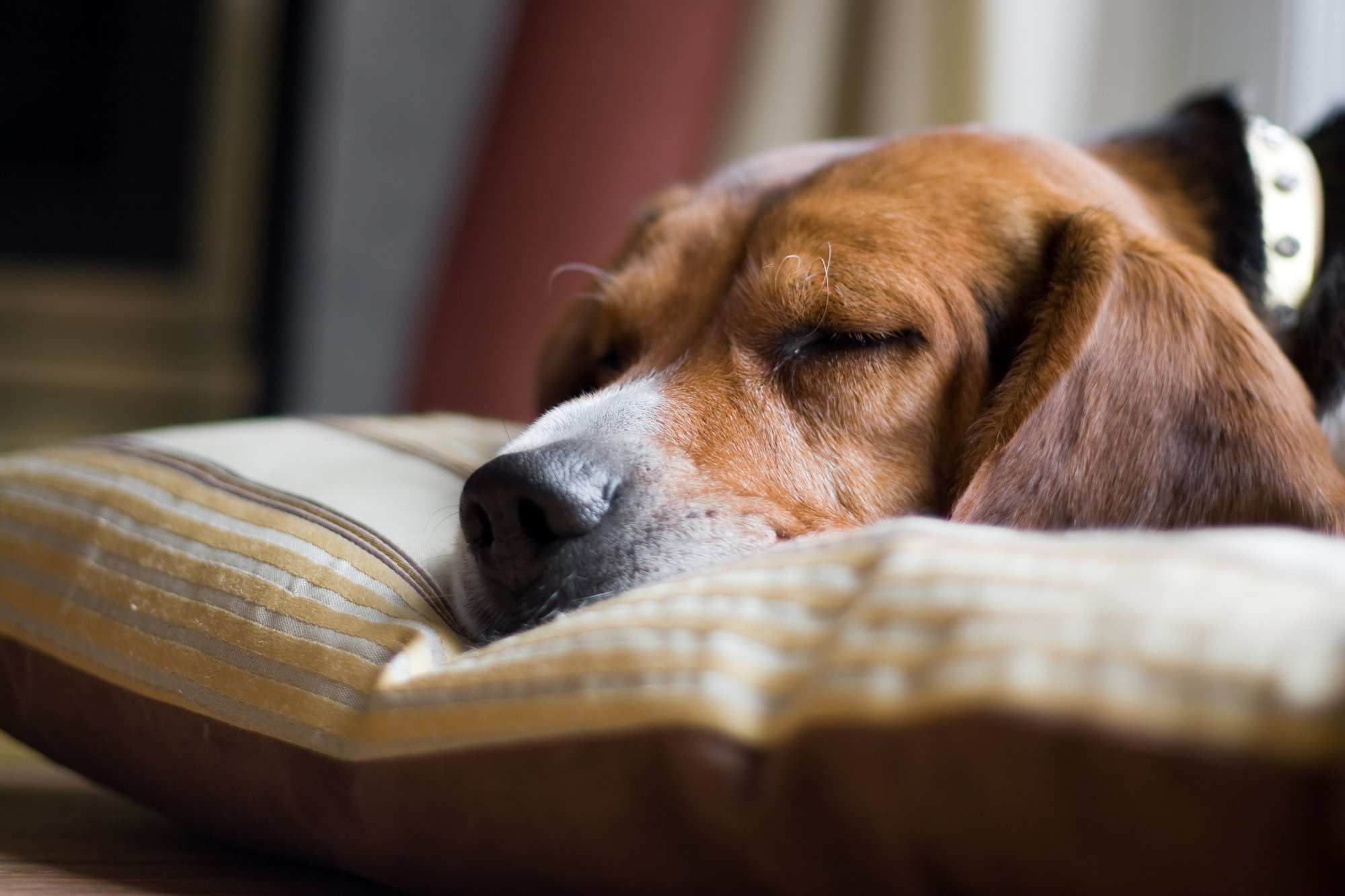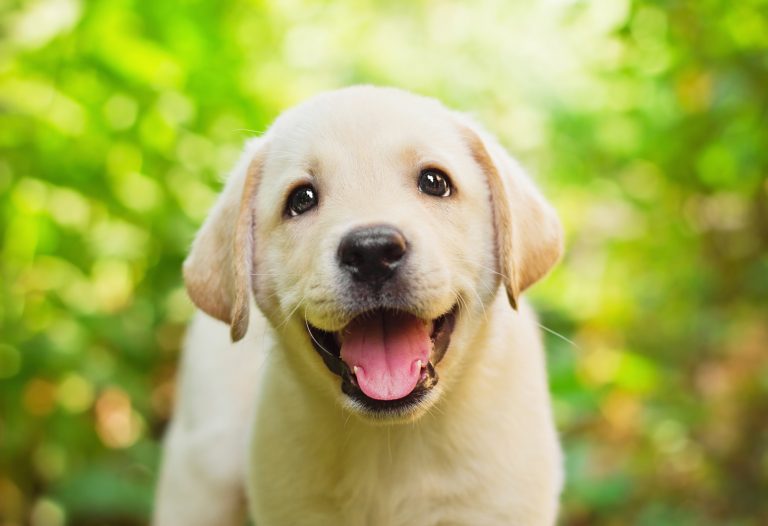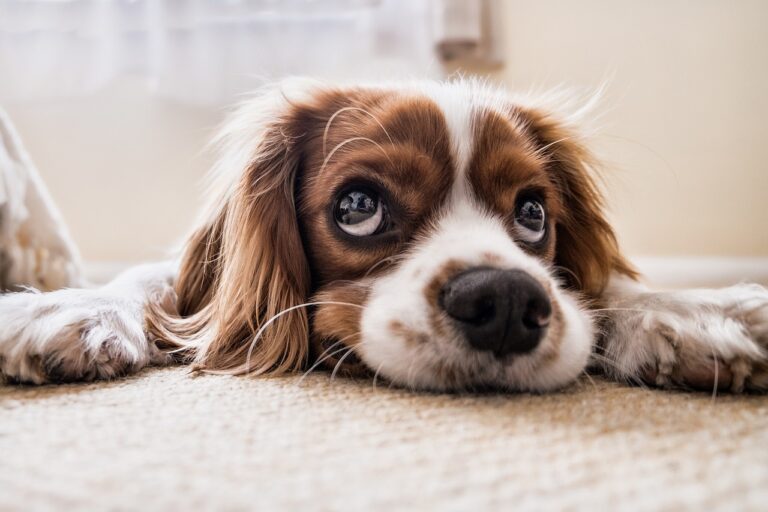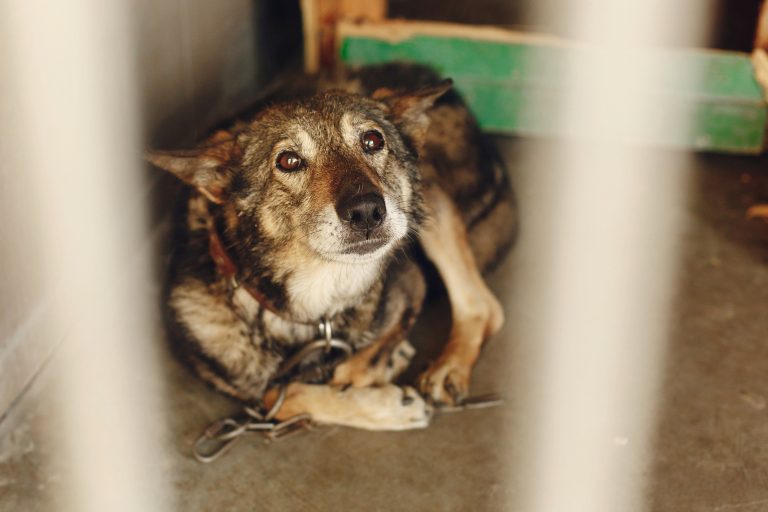Proper Dog Care After Spay: 13 Tips To Help You
As a dog parent, you are responsible for your furkid’s health. Getting your dog spayed may be one of the most important steps you can take for your pet’s health. Spaying is a type of surgical procedure for female animals that involves the removal of the ovaries (and sometimes, the uterus as well).
Through this procedure, your dog will stop becoming fertile or go in heat. As the ovaries produce the eggs that may be fertilized through sexual intercourse have already been removed, your dog will no longer be able to bear puppies.
13 Proper Dog Care After Spay Tips
Since your dog has to undergo surgery, there are certain post-operative care steps that need to be done to care for your pet’s well-being and ensure a speedy recovery. Below are 13 tips to help in your proper dog care after spay so you can provide the best for your pet.
Tip #1: Prepare a special recovery area at home, preferably indoors
After surgery, your dog will need ample rest. Look for a spot indoors that is quiet, clean, and comfortable. It should be an area where your dog can be alone or at least, be away from other pets or animals.
Without other dogs for company, at least your dog will not be tempted to play or roughhouse during her recovery. This could increase the risk of injury for her. You want to make sure that she can rest without any disturbance till her full recovery.
If your dog shares the same space with other dogs, you might want to consider keeping her separate from other pets using a crate or a pen like this portable and foldable dog playpen from Amazon, at least temporarily. If you’re using a crate, you can also make it more comfortable for her by adding a dog bed at the base for her to rest on.
Tip #2: Know what is considered normal behavior from your dog post-op
Because spaying is a surgical procedure, the vet will have used anesthesia to keep your dog from moving and feeling pain. When the surgery is over, your dog is likely going to be groggy and might look tired. This should be a normal reaction.
However, if your dog is sleepy and is not responding to your voice or touch, call your veterinarian or emergency vet immediately. Usually, when you pick up your pet from the vet’s, they should already be awake. They should not appear extremely weak or sleepy.
Tip #3: Follow doctor’s orders
The vet should give you instructions on proper dog care after the spay procedure. Usually, this will include wound care, proper diet, feeding time, and medication schedule. Medications may include painkillers to keep your dog comfortable after the medications given before and during surgery have worn off. Follow the instructions carefully to ensure that your dog is comfortable and not in pain.
Never try to give your dog human medications, no matter how tempting it can be. Many types of drugs meant for humans can be fatal to dogs. Keep in mind that vets generally limit the number of days during which your dog will be taking medications. Do not try to extend these days by giving her medications on your own, without your vet’s prescription.
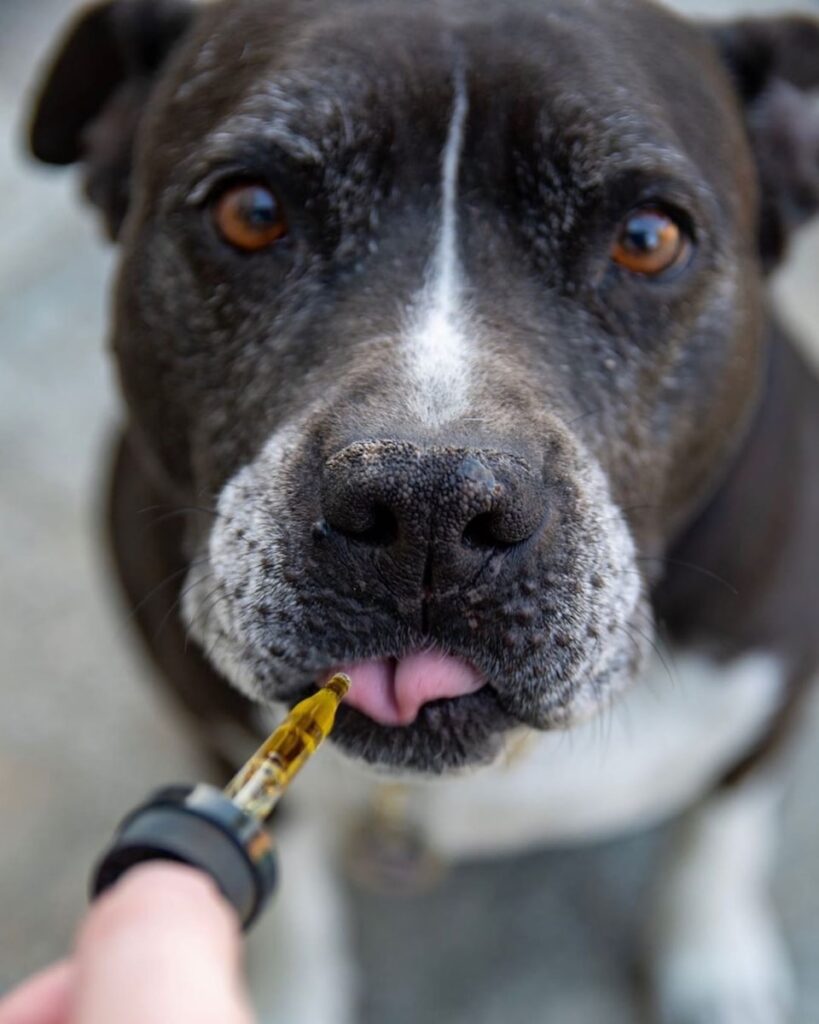

Tip #4: Provide a comfortable place to sleep
Place the dog bed or cushion in a safe place where your dog can enjoy uninterrupted rest. Make sure the area is comfortable enough to protect your dog against extreme heat or cold. Make sure her bed is clean to prevent dirt and microorganisms from infecting her wound. A soft cushion can also provide her comfort and keep her warm.
Tip #5: Watch what your dog eats
Another vital proper dog care after spay tip is to ensure that you keep a vigilant watch over what your dog eats. Do not feed your dog immediately after surgery. Keep in mind that she just had anesthesia and may not be able to swallow or chew well enough. Immediately after you arrive home, allow your pet to rest for a few hours, then offer a small amount of water.
After about an hour, try offering a small amount of food – her usual fare but in halved portion. Do not overfeed her because she might vomit. Observe her after the small meal, then feed her only the next morning. If she can’t seem to keep food or water down, tell your vet.


Tip #6: Do not make changes to your pet’s diet
Feed your dog only healthful dog food and avoid including table scraps, junk food, or milk in the meals. You might feel sorry for your fur baby but the purpose of keeping to her normal diet is to rule out any complications that could occur post-op.
If you change her diet and she begins to vomit, have loose bowel movements, or become lethargic, you might not be able to tell the cause of the problem. If you give your dog treats, stick to the same stuff that she enjoyed before the surgery.
Do not feed your dog too much. You do not want her to have a full stomach for every meal or to gain weight too fast. Healthy food in regular portions a day or two after the surgery should be enough.
Tip #7: Prevent licking
Your dog will naturally want to lick at the site of the incision. While this is her way of trying to heal herself, she could cause the wound to become infected. Prevent this by letting her wear a cone or collar.
The Elizabethan collar is secured around your dog’s neck comfortably, preventing her tongue from reaching any part of her body. Protective cones come in different styles and colors and many products are adjustable and should fit your dog nicely.
If your vet did not provide the cone for her next, you can easily purchase one online. The Super Dog Adjustable Pet Recovery Collar is a popular cone type collar that many pet owners buy for their dogs. It is easily available from Amazon.
Tip #8: Limit exercise
Now is the time to let your dog relax, sleep, and chill. Restrict all types of normal activities, including playtime. Any activity that stresses your dog should be avoided. These include running, playing fetch, jumping, and tug-of-war that could cause tears in the incision site. These tears could lead to bleeding, infection, or pain. Avoid strenuous activities for about two weeks to be on the safe side.
Tip #9: Keep the incision site dry
Your vet likely made internal sutures to keep the incision closed, then applied surgical glue to seal the skin. The sutures will dissolve safely on their own, usually after about 3-4 months, so there is no need to worry about keeping the wound intact.
The surgical glue, on the other hand, should be kept dry at all times, which means your pet should not be bathed for the next 10-14 days. It is also not a good idea to apply any type of ointment or gel on the incision site because this could dissolve the glue prematurely.
If, however, the vet used skin staples or skin sutures, you will have to bring your pet back to the clinic after about 10-14 days to have them removed. You could also ask whether it is safe to bathe your pet after suture removal. To keep your pet clean, try using a mild, hypoallergenic dog shampoo that will eliminate oils and dirt but prevent irritation.
Tip #10: Feed your dog nutritious food
The post-op period can be a stressful time for your dog. She will need you to help her recover quickly with the right nutrition. Again, feed her half portions during the first day, then start feeding her normal portions the next day.
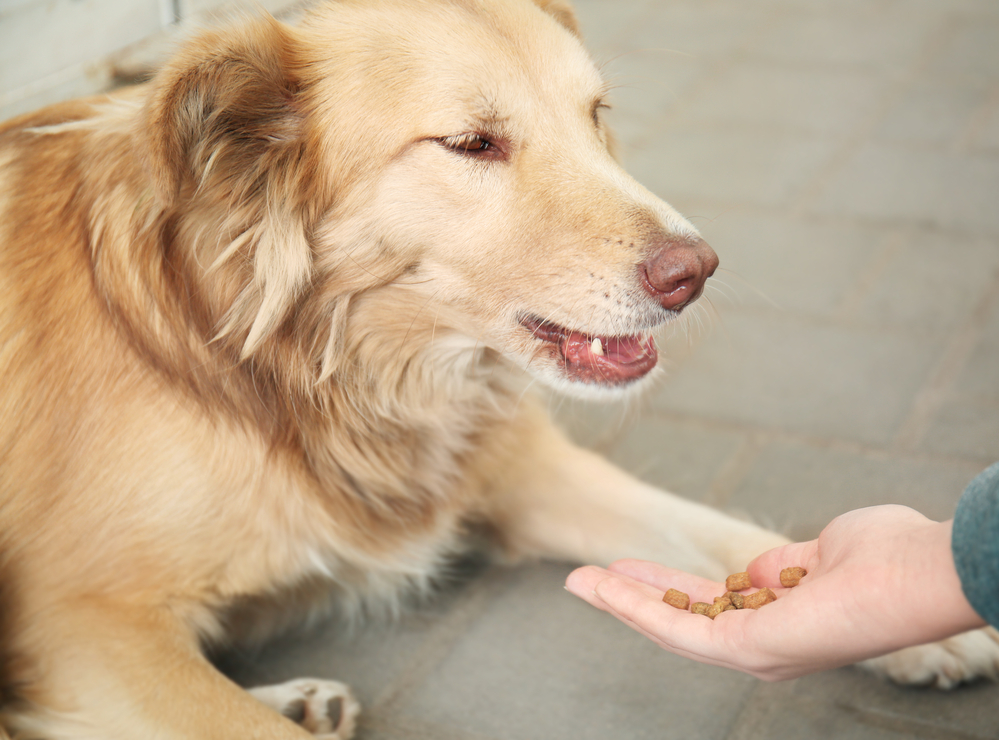

Tip #11: Provide hydration
Once the anesthesia has completely worn off, your dog should be able to start drinking water to hydrate her body. While she is recovering, make sure you provide her with enough fresh water. Choose a bowl that can hold enough fluids and has a no-slip, no-tip design.
If your dog still drinks from an old plastic bowl, consider giving her a new one that will last for many years. You can get her a stainless water bowl or one of those automatic water dispensers that supply fresh water to drink at any time of the day. It’s vital for your furkid to be kept hydrated all day, especially during the hot seasons.
Tip #12: Check the incision regularly
The site of incision for a female dog will be below her stomach and between her rear legs, right in the middle. Twice or thrice a day, check the incision for any changes. It is normal for the incision to have some minimal swelling and redness, and a few bruises. If there is some discharge, drainage, or odor coming from your pet, call your vet for guidance.
Tip #13: Keep your dog on a leash
If your dog needs to go outside to do her business, make sure you are available to accompany her. To prevent her from running or playing with other dogs, put her on a leash. Light walking should be fine but try to keep the activity short. Your dog is still recovering and she will need all the energy she has to focus on being well again.
Do not trust your dog to contain herself when she is outdoors. Most dogs have a high tolerance for pain. She might think she is okay but in reality, her incision has not fully healed. Be a disciplined human companion during the first 2 weeks after her surgery and help her out. A leash that connects to a harness will help keep her close and safe. Use a harness instead of a collar on your dog since this will help avoid choking and discomfort.
Final Thoughts
Your furkid will be going through a lot of pain during this period after her operation. For the sake of her health and comfort, you’ll have to spend a lot of time and put in a lot of effort to help her out.
Once she has fully recovered, you’ll be able to play with her like the old days. She’ll also be thankful to you for being there for her during this difficult period. Therefore, it’s essential that you make use of these proper dog care after spay tips to help her get a speedy recovery.

